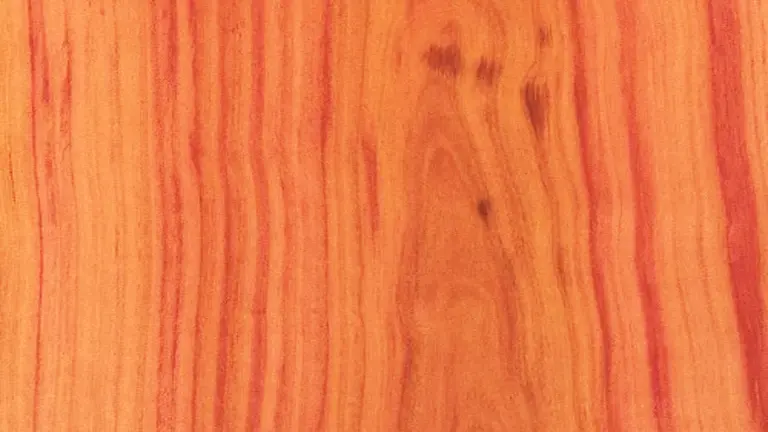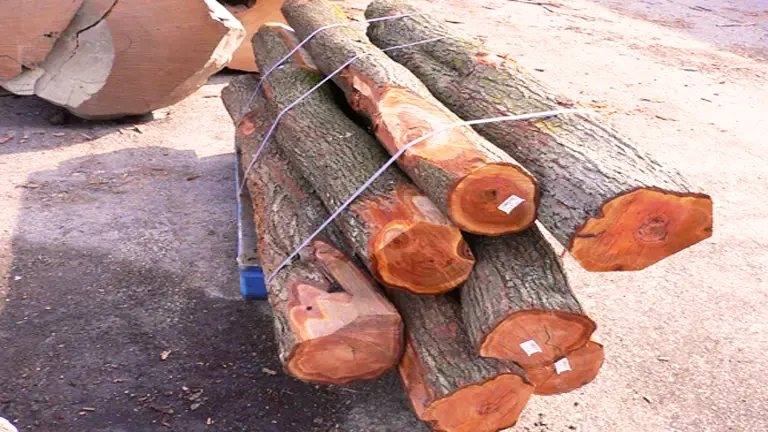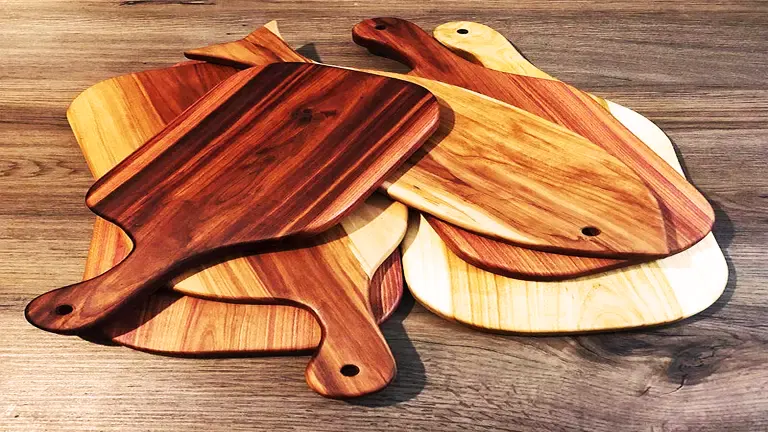European Plum Lumber
- August 1, 2023
- 0 comment
European Plum Lumber is a highly prized hardwood sourced from the Prunus domestica tree, renowned for its remarkable aesthetics and adaptable characteristics. Its distinctive reddish-brown color and alluring grain patterns make it a favorite choice in fine woodworking and cabinetry projects, imparting a touch of elegance and sophistication to the finished pieces.

As a cultivated species found across Europe and parts of Asia, European Plum has garnered significant attention among skilled craftsmen and artisans seeking to create exceptional and visually appealing creations.
Craftsmen value European Plum Lumber for its ease of workability with both hand and machine tools, allowing for intricate detailing and smooth finishing.
This versatility makes it an ideal material for crafting intricate furniture, decorative elements, and musical instruments. Moreover, its good natural resistance to decay and rot makes it suitable for interior applications, though care should be taken to protect it in outdoor environments. As a specialty hardwood, European Plum Lumber may be less commonly available and can come at a premium price, but its unique and alluring features make it a highly sought-after material for those who appreciate the finer aspects of woodworking and design.
| Common Name(s) | European Plum |
|---|---|
| Scientific Name | Prunus domestica |
| Distribution | Europe, parts of Asia |
| Tree Size | Medium-sized, typically 15-25 meters in height |
| Average Dried Weight | 720 kg/m3 (45 lbs/ft3) |
| Specific Gravity | 0.72 |
| Janka Hardness | 1,660 lbf (7,380 N) |
| Modulus of Rupture | 15,500 lbf/in2 (106.9 MPa) |
| Elastic Modulus | 2.11 x 10^6 lbf/in2 (14.6 GPa) |
| Crushing Strength | 8,570 lbf/in2 (59.1 MPa) |
| Shrinkage | Radial: 3.7%, Tangential: 6.9%, Volumetric: 10.9%, T/R Ratio: 1.9 |
Color/Appearance:
The heartwood of European Plum lumber displays a rich reddish-brown hue, which deepens with age. The sapwood is lighter in color, ranging from pale yellow to creamy white. The wood often showcases dark streaks and interesting grain patterns, enhancing its visual appeal.

Grain/Texture:
European Plum has a fine, even texture and a straight to interlocked grain, resulting in a smooth and lustrous surface.
Rot Resistance:
European Plum lumber exhibits good natural resistance to decay and rot, making it relatively durable and suitable for various applications.
Workability:
The wood is generally easy to work with both hand and machine tools. It responds well to cutting, turning, and shaping. However, care should be taken while sanding to avoid tear-out due to its interlocked grain.

Odor:
European Plum wood often possesses a distinctive and pleasant aroma when being worked.
Allergies/Toxicity:
While there have been no specific reports of allergies or toxicity related to European Plum, some people may experience skin and respiratory irritation when working with any type of wood.
Pricing/Availability:
European Plum lumber is considered a specialty hardwood and may be less common in some markets. As a result, it can be relatively expensive and less readily available than more widely used hardwoods.
Sustainability:
European Plum trees are not considered endangered, and responsible harvesting and cultivation practices ensure the sustainability of this hardwood.
Common Uses:
European Plum lumber is popular for a range of woodworking applications, including furniture, cabinetry, turnery, and veneers. It is also employed in crafting musical instruments and small specialty items.

FAQs:
- Is European Plum wood suitable for outdoor projects?
While European Plum has some natural resistance to decay, it is not highly durable for outdoor use. It is better suited for indoor applications or protected outdoor settings. - Can European Plum be stained or finished easily?
Yes, European Plum takes stain and finishes well, enhancing its natural beauty and allowing for customization. - Is European Plum an endangered species?
No, European Plum (Prunus domestica) is not considered an endangered species. - What other names is European Plum known by?
European Plum is sometimes referred to as Prunus domestica or simply Plumwood. - Does European Plum have any unique properties?
Apart from its distinctive reddish-brown color and pleasant odor, European Plum is known for its interlocked grain, which adds a touch of uniqueness to finished projects. - Is European Plum easy to find in lumber yards?
European Plum may not be as readily available as more common hardwoods, but it can often be found in specialty lumber yards or through online suppliers.






Leave your comment